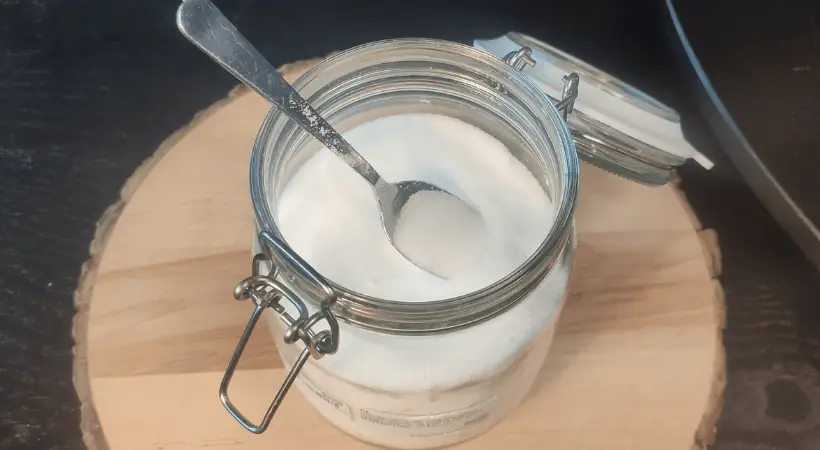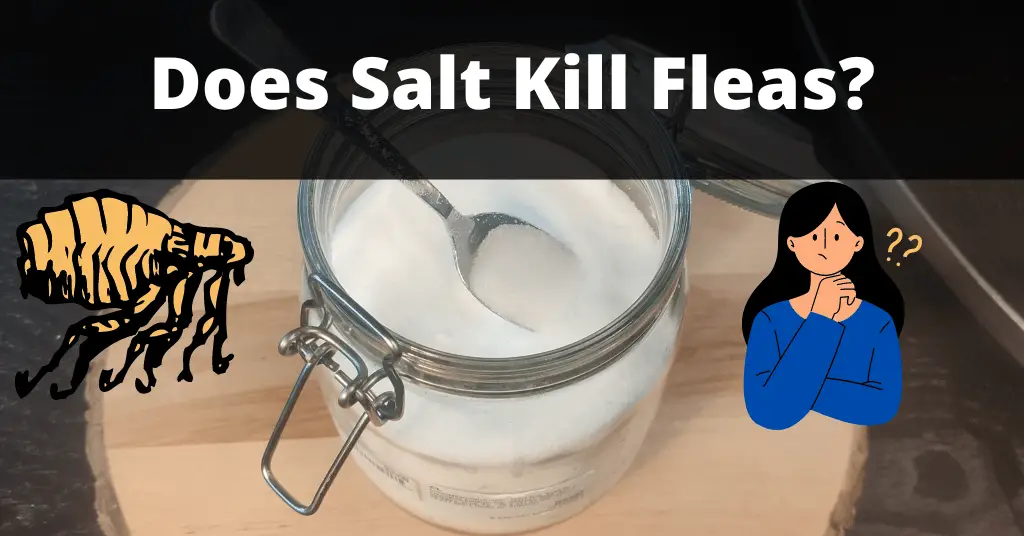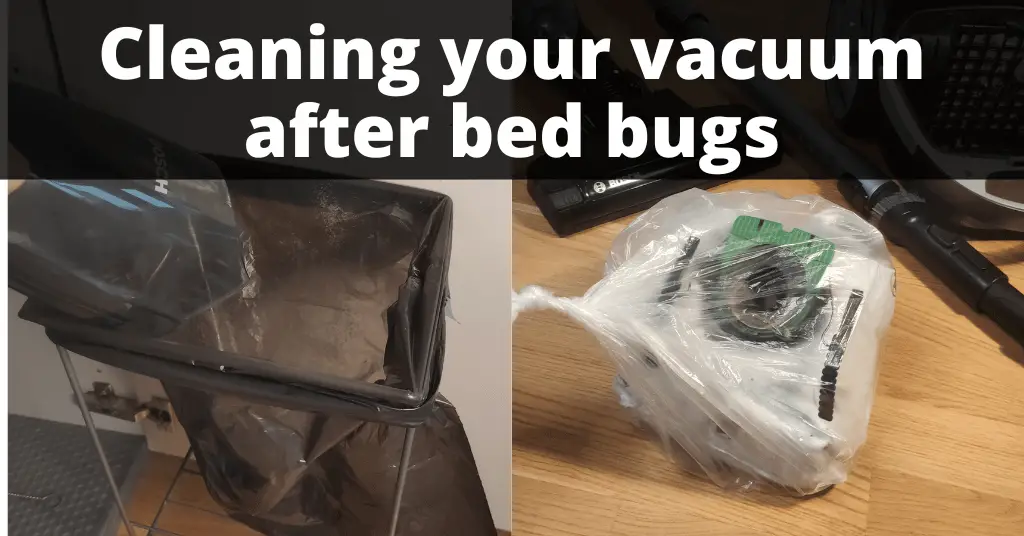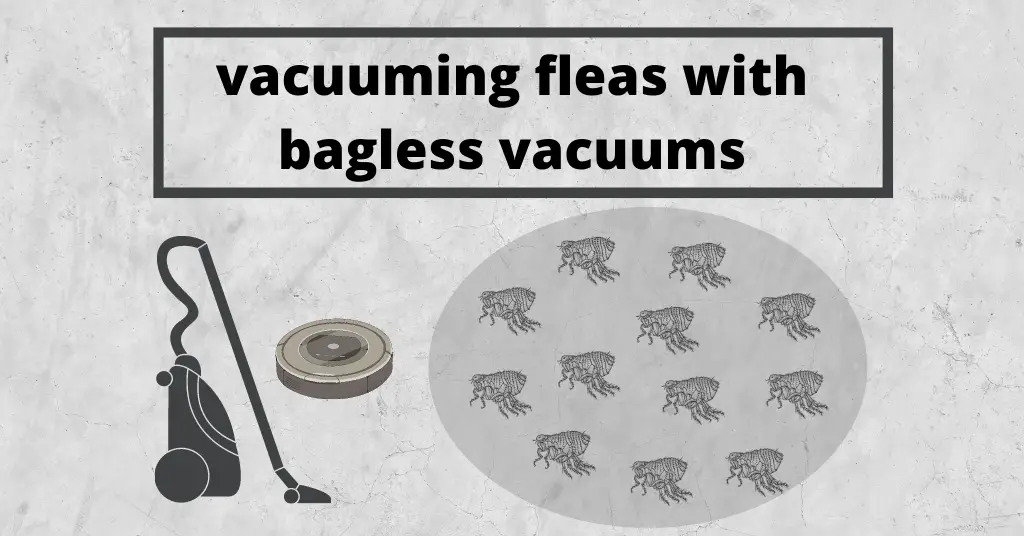While it’s true that everybody loves their pets, these furry companions do at times come with some disadvantages. For starters, your furry friends can end up bringing a flea colony right in the middle of your home. There are numerous flea removal products on the market. However, most people normally don’t want to have such products around their kids or pets, due to their chemical composition. This has led to the discovery and use of easily available and highly affordable home remedies – with salt being one of the main options to get rid of fleas.
As a home remedy, you might be asking yourself, does salt kill fleas? And, considering just how annoying a flea infestation can be, it makes sense for you to question whether a given remedy works before trying it out, to avoid wasting your time or effort.
Yes, salt kills fleas and is a perfect ingredient in your pest control venture. When fleas come in contact with it, salt gets attached to their fragile bodies and while fleas continue to move and jump around salt begins to pierce the exoskeleton which causes them to bleed and ultimately die out. Always opt for powdered / flour salt or grind the table salt into fine particles yourself.
If you have spotted fleas on your beloved pet, then you are likely already facing a fully-fledged infestation. Fortunately, you can effectively combat the infestation with the right preparation and approach. The key to killing fleas and getting rid of an infestation is through understanding the flea lifecycle.
The Lifecycle Of A Flea
Fleas normally develop through four different stages, egg, larvae, pupae, and adult. The complete cycle can take anywhere from a few days to a year, depending on the environmental conditions. The adult fleas your pets drag into your house normally lay anywhere between 10 and 50 eggs per day. The eggs can remain on your pet or fall on your carpet or furniture.
In 2 to 14 days, flea eggs hatch into the larvae stage. During this stage, the larvae feed on organic debris and pre-digested blood from adult fleas. Once they are full, they create a cocoon and develop into pupae. They remain in this stage for as long as they need to and only emerge as adult fleas when the conditions are right. Sometimes, the pupae stage can last for up to a year, as the pupae wait for the right conditions to emerge as adult fleas.
It is very hard to kill fleas in the egg stage, as the shell forms a protective barrier around the baby flea within. However, fleas tend to be highly vulnerable during the larvae stage. As such, this is the ideal stage to target fleas using salt.
It is also very hard to kill fleas in the pupae stage when they are in a cocoon. This is because the cocoon forms an impenetrable shield around the growing flea. It is worth noting that even store-bought flea-killing products also struggle with killing fleas in the pupae stage. Fortunately, the fleas again become vulnerable to salt once they hit the adult stage.
However, since it is impossible to know the stage in which the fleas are, the best approach here is to apply regular salt treatments targeting emerging larvae and adult fleas.
How Does Salt Kill Fleas?
Fleas like to hide and lay their eggs in dark and warm places with adequate moisture for their survival. Some examples of good hiding places for fleas include pet beds, cracks in the floor, rugs, carpets, under furniture, and in couch cushions. Outdoors, these pesky pests often hide out in areas where pets normally rest like in kennels, and shady spots like under the porch.
To kill fleas, salt normally relies on its dehydrating properties. It sucks away all of the moisture that fleas need to survive in the surrounding environment. This kills the adults and larvae by simply drying them out. Furthermore, when it comes into direct contact with fleas, salt can penetrate the exoskeleton and suck out all the moisture from their bodies.

How long does it take for salt to kill fleas?
When the salt comes into contact with the flea, it will start to penetrate the exoskeleton and suck all of the moisture out of the flea’s body. If salt is fully covering the flea’s body, the process will usually kill the insect within an hour.
According to experts, you should leave the salt for 5 to 10 days which would grant enough time for fleas to come into contact with it before vacuuming.
It’s important to note that salt won’t kill fleas if it doesn’t come into contact with the insect, therefore make sure you spread a generous amount and cover the entire surface.
How To Treat Your Home With Salt
Even if your pet is free of fleas after an infestation, this does not mean that your home is also free of these annoying pests. As previously mentioned, flea pupae can remain in their cocoons for up to a year. With that in mind, you will need to properly treat your home, focusing on common flea hideouts, to completely get rid of the fleas and larvae. Follow these steps when treating your home:
Step 1: Get The Salt
The process of treating your home with salt is quite simple. Start by getting your hands on some extra fine and highly refined salt. The easiest option is to purchase powder salt directly from your local supermarket. If that’s not available, alternatively you can grind the table salt or sea salt down into a fine powder in order to ensure that it has the best chance of getting into contact with these tiny pests.
Step 2: Sprinkle Salt Over Flea Hideouts
Once you have obtained it, sprinkle the salt over all the areas and items that fleas thrive in – these include carpets, rugs, below furniture and even your pet’s bed. Take some time to work the salt deep into the carpets and rugs and other upholstery using a brush. You want to salt to make its way deep into all these surfaces.
For those struggling with flea infestations in their carpet, check out our tips on killing fleas in carpets.
Step 3: Wait
Next, you will want to give the salt enough time to work its magic. Leave the salt in place for anywhere between 5 to 10 days. The longer the salt is there, the higher the chances of fleas coming to contact with it.
You should avoid using the areas treated with salt for this duration. Furthermore, if you applied salt on your pet’s bed, make sure that you put the bed somewhere your pet cannot get to.
Step 4: Vacuum
After enough time has passed, you can now vacuum the salt and any dead fleas. To make sure that you get the remains out of all the tiny cracks and crevices, consider using vacuum attachments. Finally, throw away the vacuum bag and thoroughly clean the vacuum canister after you are done vacuuming to minimize the chances of a re-infestation.
Step 5: Repeat
For the best results, I recommend that you repeat this process 1 – 2 more times after a couple of days. Fleas that potentially survived the first treatment due to their life cycle stage may now be vulnerable.
Can you apply salt directly on the pet?
While it is true that you can use salt to kill fleas, you should refrain from using it directly on your pet. For salt to work, it may take hours before the flea comes into contact with it which usually is way too long to remain ignored by your pet. Your dog or cat will have the urge to lick themselves clean. And when consumed in higher quantities, salt can be toxic to them, therefore it should not be used.
Is baking soda better than salt for fleas?
Salt is a natural flea deterrent and has been used for centuries to keep homes free of these unwanted guests. Baking soda, on the other hand, is not as effective at killing fleas. In fact, there is no scientific evidence to support the claim that baking soda can get rid of these pests.
While baking soda may not be the best option for killing fleas, it can help to deodorize your home since flea-infected areas tend to have a foul smell. You can consider mixing equal parts of salt with baking soda to create an ultimate flea-control solution. Here’s our guide on how baking soda and salt can work together.
Conclusion
Considering that chemical flea treatment products can be bad for you and your pets, not to mention more expensive, salt can be a great alternative. You can treat a good-sized room effectively using a big container of salt – which can be bought for several dollars. This makes salt one of the most affordable flea control methods.
To make sure that you get rid of any infestation in totality, it is highly recommended that you also treat your pets and the outside of your home, at the same time while working on fleas inside your house.
Prevent future infestations with regular spot treatments and flea baths on your pets to kill adult fleas. Furthermore, you should regularly apply salt to areas that pets frequent around the home, and use hot soapy water to wash your pet’s toys and bedding. Regular vacuuming will also go a long way toward preventing future flea infestations.


